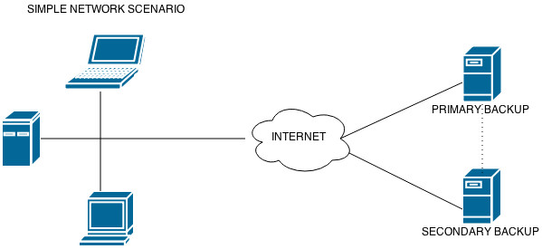Athento Cloud Backup Policies
Verónica Meza
The Athento Cloud service makes backup copies of its clients' data every 24 hours.
Athento has external servers as a backup repository. Backup copies are made on a daily basis in an automated process that uses rdiff-backup software (http://rdiff-backup.nongnu.org/) and a range of Linux tools.
Aim and scope
The aim of this policy is to:
- Safeguard the information assets of Athento cloud service clients,
- Avoid data loss in the event of accidental erasing or data corruption, system errors or disaster,
- Allow for timely restoring of information and business processes in the event of such occurrences,
- Manage backup and restoring processes and the resources used during the process.
This policy is applied to all Athento Cloud servers. For On-Premises instances, the backup policy should be implemented and maintained by the client.
The periods set out for retaining the information contained in system backup copies are designed to allow for recovery and to provide a snapshot of the information at a given time, as it existed during the time period defined by the system's backup copy policies.
The system's backup copies cannot, in any event, be used for the following purposes:
- Data filing for future reference.
- Maintenance of a version history.
Policy
Backup copies
Backup copies will be made according to the following outline:
- Daily incremental backup copy every 24 hours.
- Backup copies are made at 00:00 hours (CET).
- Backup copies are made on the provider's servers (primary backup) and on the servers at Athento's facilities as a second backup (secondary backup).
- Backup copies are made of both the document repository and the database where the metadata and other metainformation are stored.
- Furthermore, functional replicas are made of the production servers.

- Backup copies are kept for 1 year.
- Backup copies are verified periodically by restoring a replica.
Backup copies are reviewed in order to:
- Check and correct mistakes,
- Monitor the duration of the backup task,
- Optimize the performance of the backup copy when possible,
- Identify problems and take corrective measures to reduce the risks associated with failed backup copies.